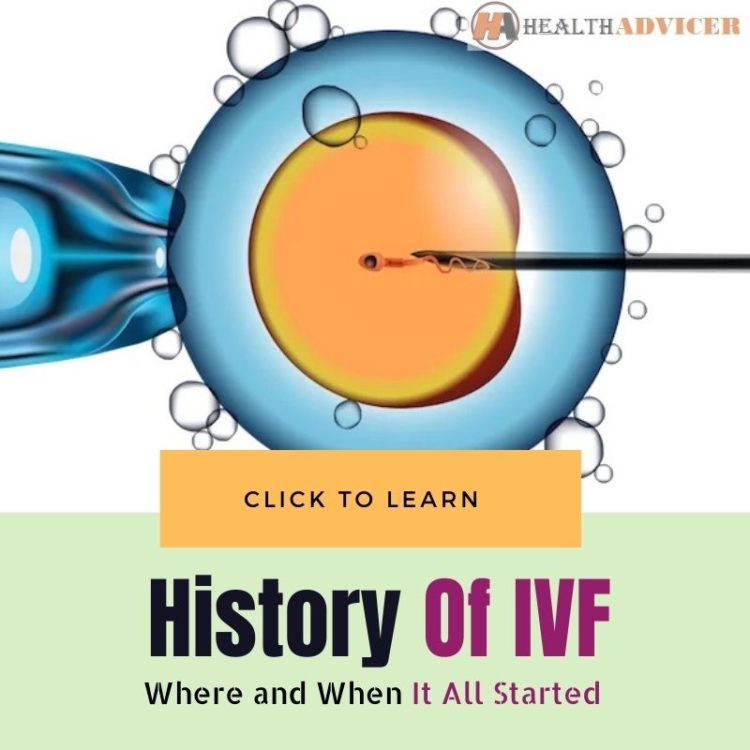On the 15 July 1978, the world’s first ‘test-tube baby’ Louise Brown was born, marking the birth of today’s IVF fertility treatments. But the origin of the concept of IVF – or in vitro fertilisation (fertilisation outside the womb) – goes back to early experiments in the late 1800s.
We explore the development of this life-changing fertility treatment in our guide to the history of IVF: where it all began.
The early pioneers
The tentative first steps towards the IVF treatments we know today, were taken in 1878 by Austrian embryologist, Samuel Leopold Schenk, who explored the idea of artificial fertilisation of animals, using collected eggs and sperm from rabbits and guinea pigs. From these experiments, Schenk identified that it was possible for cell division to occur outside the body of a mammal.
This idea was developed by scientists Gregory Pincus and Ernst Vinzenz Enzmann in 1934, who implanted eggs back into the uterus of a rabbit, resulting in a pregnancy. However, the egg was implanted before fertilization actually occurred, meaning the process occurred inside (in vivo) rather than outside (in vitro) the body.
Laboratory success
It was in the US in 1959 when the process of in vitro fertilisation was proved to be capable of producing a live birth. Scientist Min Chueh Chang, from the Worcester Foundation for Biomedical Research, demonstrated that immature eggs (known as oocytes) fertilised outside of the body and then transferred into the uterus, were able to develop into live young.
However, the experiment involved rabbits and it was to be more than a decade before the process of IVF was transferred successfully to humans.
The first IVF procedure on humans
By 1973, the first human pregnancy using IVF techniques was achieved by Australian scientists, Carl Wood and John Leeton. However, the pregnancy resulted in a miscarriage after just a few days. Three years later UK scientists, Patrick Steptoe and Robert Edwards, who had already unsuccessfully attempted the first human IVF pregnancy in 1968, reported an ectopic pregnancy. But they were getting close.
The world’s first IVF baby
Professors Steptoe and Edwards started working with an Oldham couple, Lesley and John Brown, who were experiencing ongoing fertility issues. Steptoe and Edwards eventually succeeded in implanting a fertilised egg which went to full term. In 1978 the world’s first live birth as a result of IVF, ‘test tube baby’ Louise Brown was born in Oldham General Hospital, Greater Manchester. This little baby was the first of a brave new world of IVF babies, and the start of a ground-breaking fertility treatment that would go on to help millions of people around the world.
The IVF story today
Since the arrival of Louise Brown back in 1978, there has since been an estimated eight million IVF babies born around the world. And from early success rates averaging just 12%, medical advancements have meant that this rate has risen to around 53%.
IVF treatment today is also more patient-friendly, and with cryo-freezing technology, a single egg harvesting procedure can produce enough embryos for multiple cycles of the treatment. And the science of assisted reproductive technologies (ART) means that there’s now a choice of fertility treatments to support even more people to have their own family.
For more information on assisted reproductive technologies and to discuss IVF treatment from Fertility Plus, please do get in touch.

